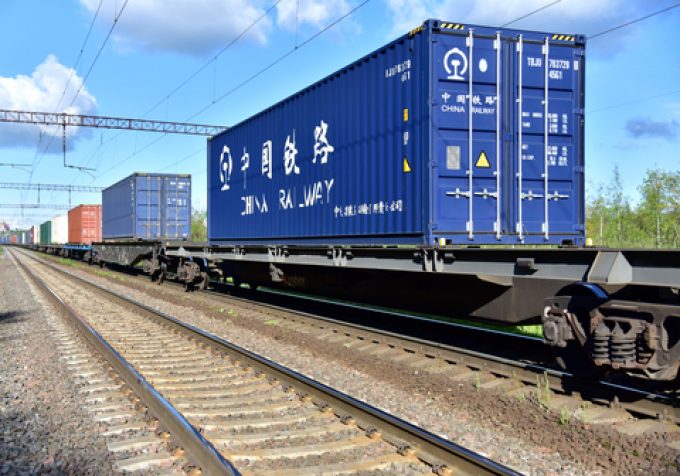Maersk vessel forced to omit Cape Town as congestion mounts
The port of Cape Town is facing significant congestion, which is set to worsen this ...

Record-breaking volumes have caused congestion and lengthy delays on China-Europe rail freight services.
According to Norman Global Logistics (NGL), June and July have been “extremely busy” for Silk Road rail services, putting pressure on infrastructure and increasing journey times.
Rob Foster, NGL’s business development manager for central and north China, said: “Major congestion is taking place on most services at the China-Kazakhstan border [Alashankou and Khorgos] which has caused a huge bottleneck.”
Indeed, delays at the Khorgos transhipment hub, where containers must be ...
Keep our news independent, by supporting The Loadstar
Volume surge and an early peak season? 'Don't celebrate too soon,' warning
Container spot rates diverge: to Europe still falling, but firmer to the US
Hapag-Lloyd won't take bookings if port congestion leaves cargo stranded
Ecommerce likely the front-runner in resurge of transpacific trade after deal
China-US trade tariff pause could drive a rebound for transpacific rates
Service chaos from trade ban with India a problem for Pakistan shippers
Airfreight rates ex-China 'loss-making', but hopes of a trade deal stay high
Carriers impose 'emergency operation' surcharges on Pakistan cargo
Serious threat to jobs in US logistics as tariffs cause economic 'stagflation'
Shippers should check out the 'small print' in China-US tariff cuts
15% rebate for box ships as Suez Canal Authority woos carriers
White House u-turns see freighters flying but keep logistics players on their toes
MSC in terminal switch as Nhava Sheva gets strong start to new fiscal year
Peak season or recession? Forwarders and shippers need to 'stay flexible'
Volga-Dnepr claims 'pirate' Canada has 'hijacked' its stranded aircraft


Comment on this article
Dick Chiu
September 24, 2020 at 8:05 amPlease advise best railway service from Chongqing to Hamburg for
1 x 40 HC container / 9000-kg
commodity is Chemical products
Best regards
Dick Chiu
Meadows Wye Container Groupage Ltd
Tel : 852-28214025
e-mail: dick@meadowswyehk.com